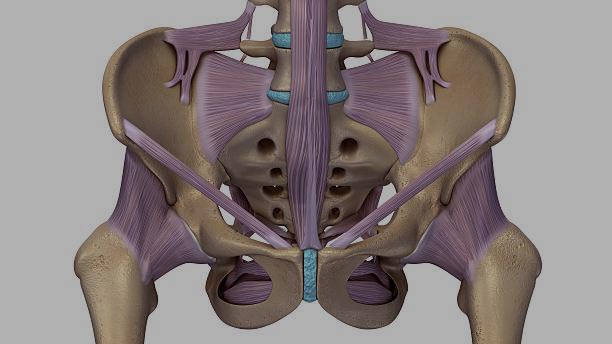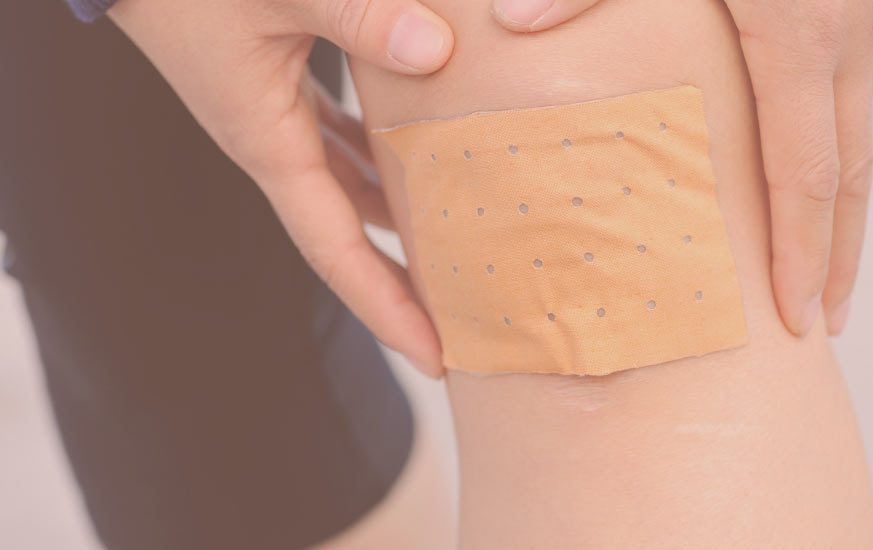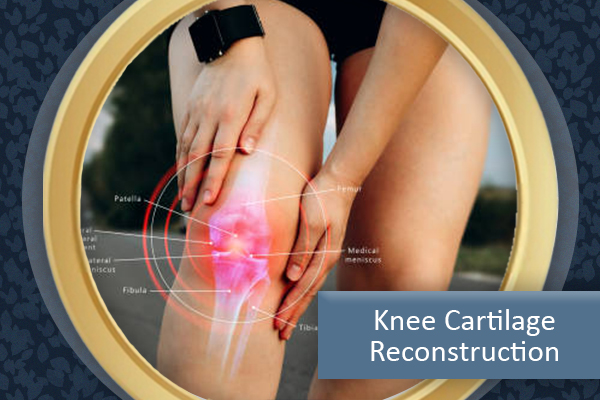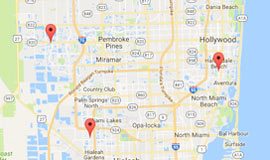Why Doctor May Recommend Hip Pinning
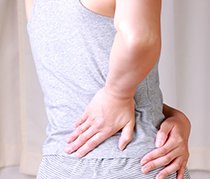 For a growing number of American seniors, hip surgery is a lifesaver. When the pain of a fractured hip brings the patient to a halt— unable to walk unassisted or perform the daily tasks that once came easily, such as feeding the cat or cooking breakfast— the orthopedic surgeon may recommend surgery. An important component of surgical treatment is stabilizing the hip bones while they heal. While the bones would knit eventually without hardware to hold them in place, the concern is that the patient may become weakened during a longer recovery phase. In addition, bones don’t always knit back together in their natural alignment. To facilitate healing, a variety of tools may be used (screws, nails, pins, rods or plates), depending on the nature of the fracture.
For a growing number of American seniors, hip surgery is a lifesaver. When the pain of a fractured hip brings the patient to a halt— unable to walk unassisted or perform the daily tasks that once came easily, such as feeding the cat or cooking breakfast— the orthopedic surgeon may recommend surgery. An important component of surgical treatment is stabilizing the hip bones while they heal. While the bones would knit eventually without hardware to hold them in place, the concern is that the patient may become weakened during a longer recovery phase. In addition, bones don’t always knit back together in their natural alignment. To facilitate healing, a variety of tools may be used (screws, nails, pins, rods or plates), depending on the nature of the fracture.
Although the decision rests with the patient and the doctor, it’s worth noting that patients who have had such implants tend to fare better in the long run than those who did not have hip pinning, mostly because these patients were able to stay active, which aids healing.
What can you expect with hip pinning?
If your fracture would benefit from fixation, your doctor will discuss the treatment plan before surgery. Our first priority is getting the bones to line up properly so they heal in a natural position. This alignment takes place during the operation.
Anesthesia (general or local) will be administered during surgery and the doctor may order x-rays to check the placement of the bones and hardware. After surgery, you will be prescribed pain medication. You may have a catheter so you don’t need to walk to the bathroom.
Recovery starts immediately after surgery. Because it is important to keep the blood circulating and offset the effects of inactivity, your rehab starts as soon as you are able to stand on your feet. A physical therapist will show you how to stand, walk, and move in ways that minimize pain and maximize the healing process.
Why hip pinning is recommended for some patients:
- Hip fracture is disabling because it affects the bones needed for walking, sitting and standing. Hip pinning allows you to put stress on the bones sooner than you would without an implant.
- Bone displacement often occurs in the wake of a hip fracture. Hip pinning helps to hold the bones in place while they knit together and heal. Without an implant, there is a greater risk of a discrepancy in leg length, which may affect your gait and cause longterm problems.
- Movement is a critical component of the healing process. Physical activity increases blood flow, which provides important nutrients to the bones, nerves and muscles. By allowing you to move with a minimum of discomfort, hip pinning helps you avoid pressure sores and general weakness.
Hip pinning is performed for a number of short-term reasons: to increase strength and mobility; to relieve pain; to avoid bed sores. But in addition, there are long-term benefits to hip pinning: It helps ensure that the patient is on his or her feet as early as possible, and able to return to their daily routine.




